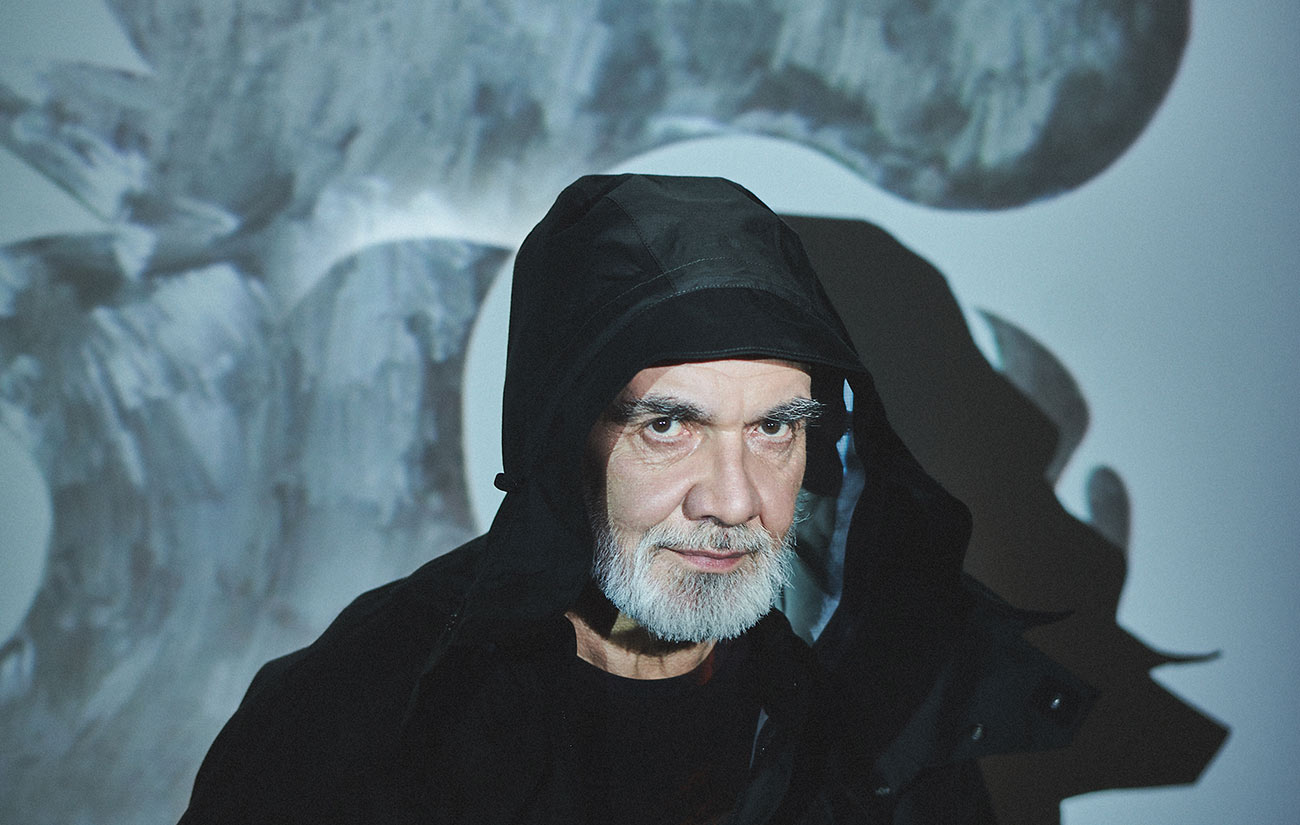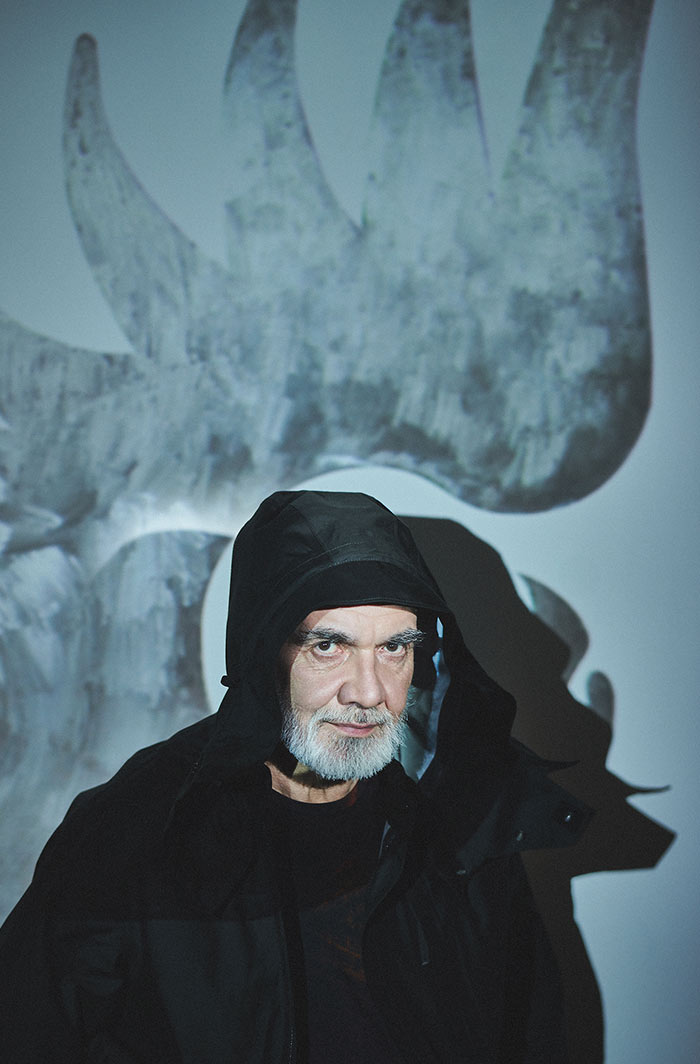
Born in 1959 in Petropavlovsk-Kamchatsky. In 1976–1981, studied theater design and production at the Studio School of the Moscow Art Theater. Filippov was a fixture at the exhibitions of the APTART gallery and soon became a leading “Moscow conceptualism” artist of a new generation. When Perestroika began, Filippov was one of the organizers of the Club of Avant-Garde (KLAVA), the first institution of new, liberated Russian art. In the 1990s and 2000s, Filippov curated the Club’s exhibitions, which united Moscow conceptual artists of different generations.
In the late 1980s, Filippov was one of the artists taking part in the first official shows of contemporary Russian art abroad, where his emblematic installations became a symbol of independent art in the USSR. His Last Supper installation was one of those symbols after it was first exhibited at the Mosca – Terza Roma exhibition (Rome, 1989). Even the title of the show was taken from Filippov’s work, as the idea of Moscow being the Third Rome, both historically and geopolitically, is the cornerstone of the artist’s method.
In 2015, winner of the Kandinsky Prize in the nomination Project of the Year. Author and participant of several special projects at the 6th Moscow Biennale of Contemporary Art (Ekaterina Cultural Foundation, Stella Art Foundation, CCI Fabrika). Participant of the Russian Dreams project at the Bass Museum of Art and author of the special project at the Modus R, Saw it! Exhibition in Miami, USA (2006).
Participated in exhibitions organized in Rome, Madrid, Frankfurt, Venice, Berlin, as well as the 1st Thessaloniki Biennale of Contemporary Art (2007), 3rd International Istanbul Biennale of Contemporary Art (1992), ARTKlyazma Festival of Contemporary Art (2002). Carried out numerous solo projects together with the E.K.ArtBureau (Moscow).
Artworks by Filippov can be viewed in the collections of the State Tretyakov Gallery, State Russian Museum, Centre Pompidou (Paris, France), Moscow Museum of Modern Art (ММОМА), The Jane Voorhees Zimmerli Art Museum (New Jersey, USA), The Nasher Museum of Art at the Duke University (Durham, USA), Musée d’art moderne in Saint-Étienne (France), Ludwig Forum für Internationale Kunst (Aachen, Germany), Amos Rex (Helsinki, Finland), as well as many private collections both in Russia and abroad.

Gnomon. 2020
Sculpture. Steel. 2.34 х 2.4 х 3.75 m
From the INTECO collection
Gnomon or sundial is the most ancient astronomical instrument that allows determining the angular altitude of the sun by the shortest length of the shadow cast by the tool. The short shadow also shows the direction of the astronomic meridian. Gnomon also refers to the part of the sundial the shadow of which allows the viewer to determine the time of day.



